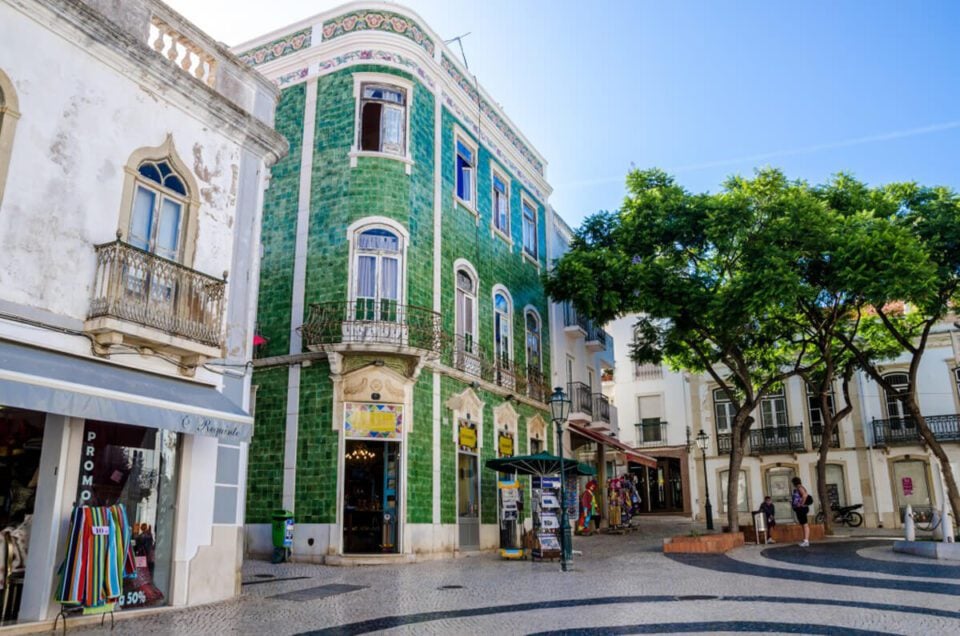Lagos is a beautiful port city with a history of more than 2000 years. It is often called the tourist capital and one of the most fashionable and popular resorts on the Algarve coast. Ancient city walls, streets paved with colorful paving stones, numerous souvenir shops, picturesque landscapes… All this attracts numerous tourists, forcing them to return to this port again and again. And the phrase itself — Lagos Portugal attractions-has long been synonymous with an excellent and eventful holiday.
And to make sure that these words are true, we offer you a virtual tour of 6 unique places in Lagos. What is their uniqueness? The fact is that after the terrible natural disaster that shook Portugal in 1755, this is what little remains of the rich historical heritage of this country.
Old Town-Cultural center of Lagos
If you don’t know what to see in Lagos, head to the Old Town. This is a special area that combines the old and modern. Surrounded by ancient fortress walls, the Centro Cultural de Lagos is home to the main historical and cultural monuments of Lagos. One of them is Fort Bandeira, a fortification built in 1683 and separated by a deep moat.
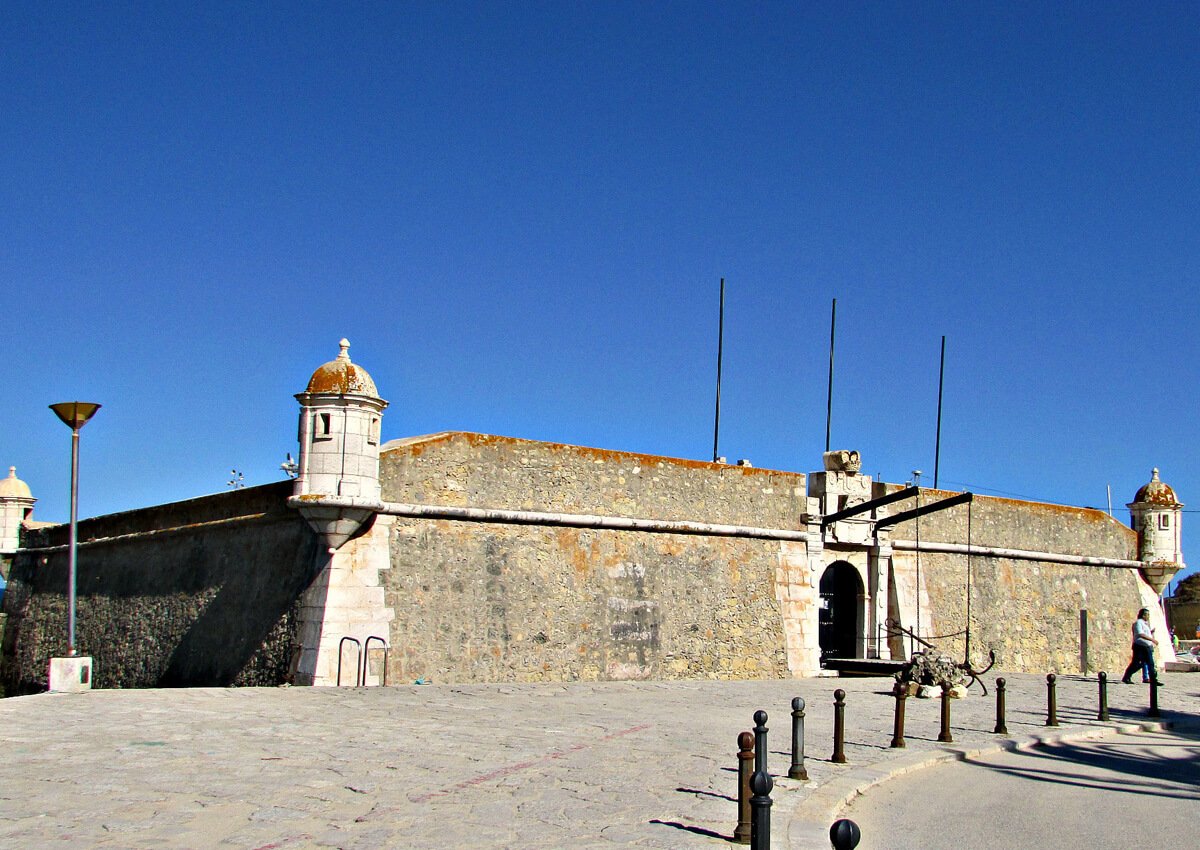
Behind the fort are the St. Gonzalo Gate and the watchtower. Also here you can see the former slave market (one of the first in Europe) and the ancient customs house, in the building of which the center of folk crafts is now located, as well as a lot of other very interesting places. Tired of admiring the ancient architecture, you can take a walk along the embankment, sit in a cozy cafe and go shopping.
Location: Lanzarote de Freitas Street.
St. Anthony’s Church-a pure gold temple
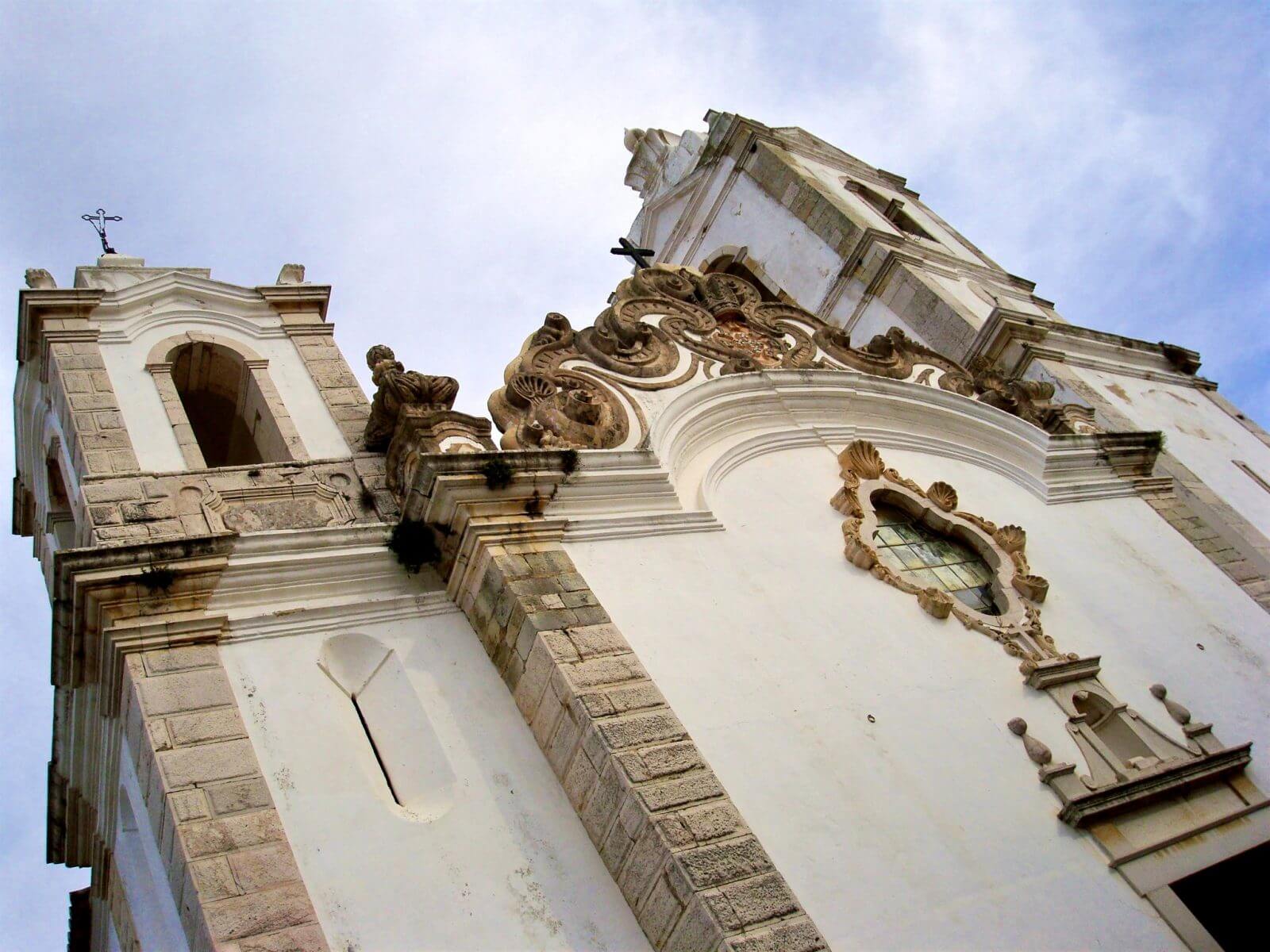
St. Anthony’s Church is an example of Southern European Baroque, built in 1707 and restored in 1755 after a major earthquake.
Being restrained in appearance, the temple impresses with its interior, for which it is very often called Golden. The coat of arms of Portugal is painted on the ceiling of the church, and the walls are decorated with gilded inlays and blue and white mosaics made from azulejo tiles. The temple was carved by famous engravers — Custodio Mesquita and Gaspar Martins. Another distinctive feature of the Church of St. Anthony is its asymmetrical bell towers.
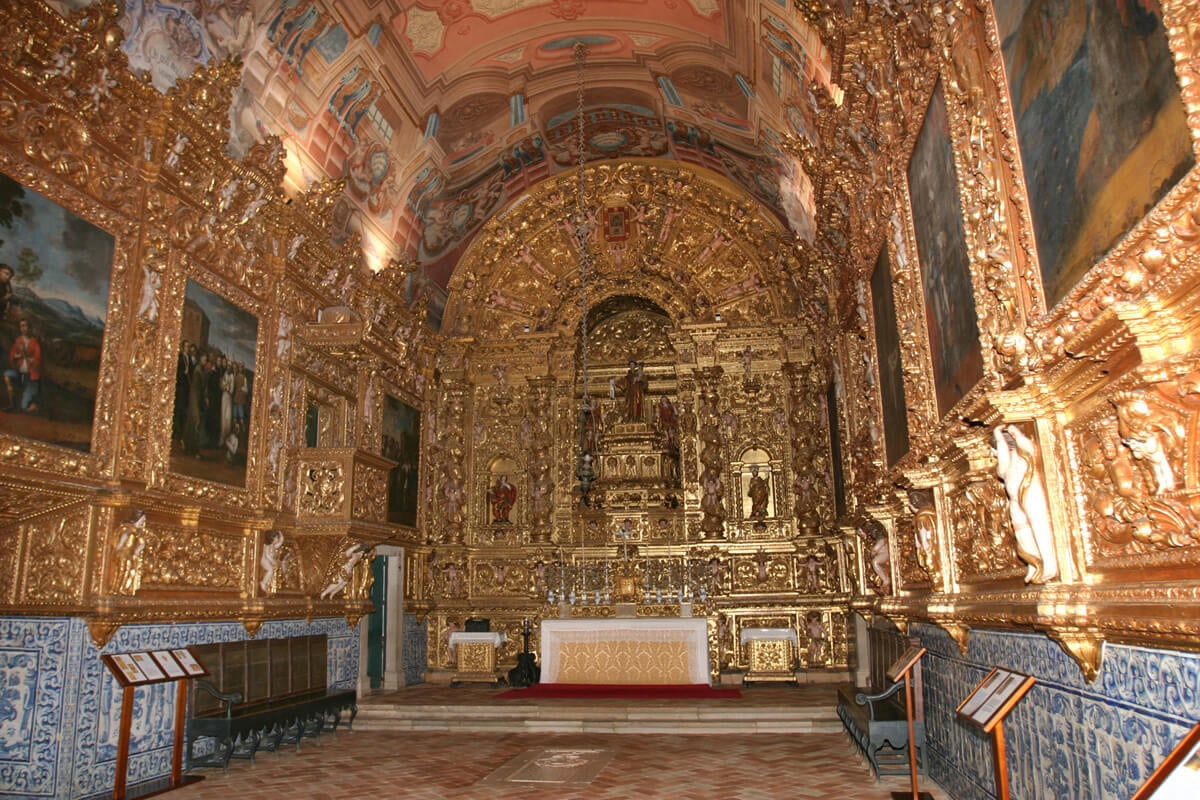
Now on the territory of the attraction there is a Local history Museum named after him. By Joseph Formasino. The service is held only once a year.
- Where to find: Rua General Alberto da Silveira.
- Opening hours:10:00 — 17:30.
Governor’s Castle-the business card of Lagos
Describing the sights of Lagos and Portugal, it is impossible not to stop at this beautiful castle. Governor’s Castle, which was once the residence of the governors of the Algarve, is considered the hallmark of the city.
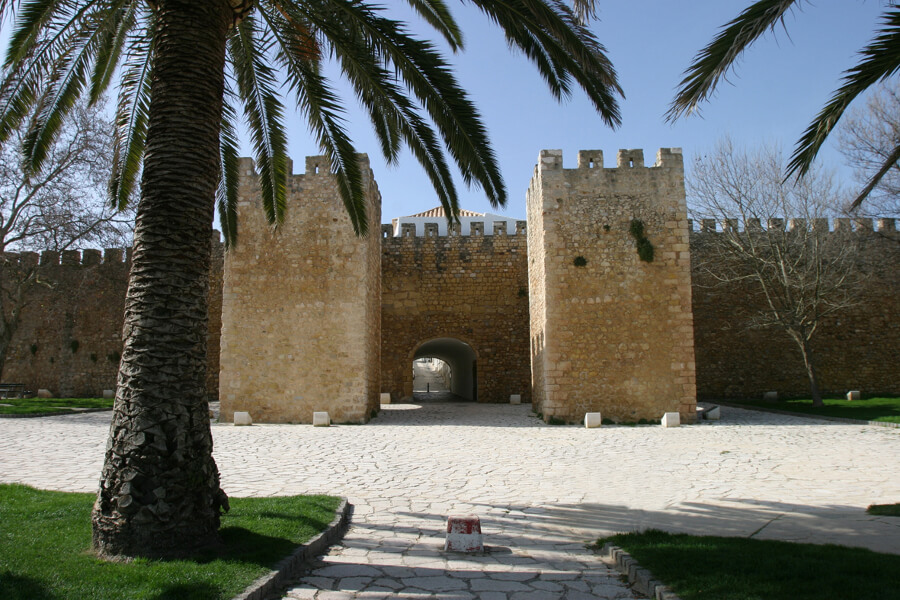
The two-story Moorish-style palace impresses with its grandeur. The height of its walls is from 7.5 to 10 m, the width is about 2 m, the top is crowned with battlements and loopholes located around the entire perimeter of the building. But the most interesting thing is inside-they say that spirits roam the corridors of this ancient castle every night, and the doors of many rooms keep terrible secrets.
Since its foundation (1174), the castle has survived several wars and natural disasters, after one of which its walls were redecorated and partially restored. Since 1924, Lagos Castle has been listed as a monument of national significance in Portugal.
Location: The Garden of the Constitution (Jardim da Constituicao).
St. Mary’s Cathedral – the main parish church
The list of major attractions in Lagos continues with the Church of St. Mary, built in 1498 in honor of King Henry the Navigator. The church, which used to be called the Cathedral of Mercy, was restored in the second half of the 19th century.
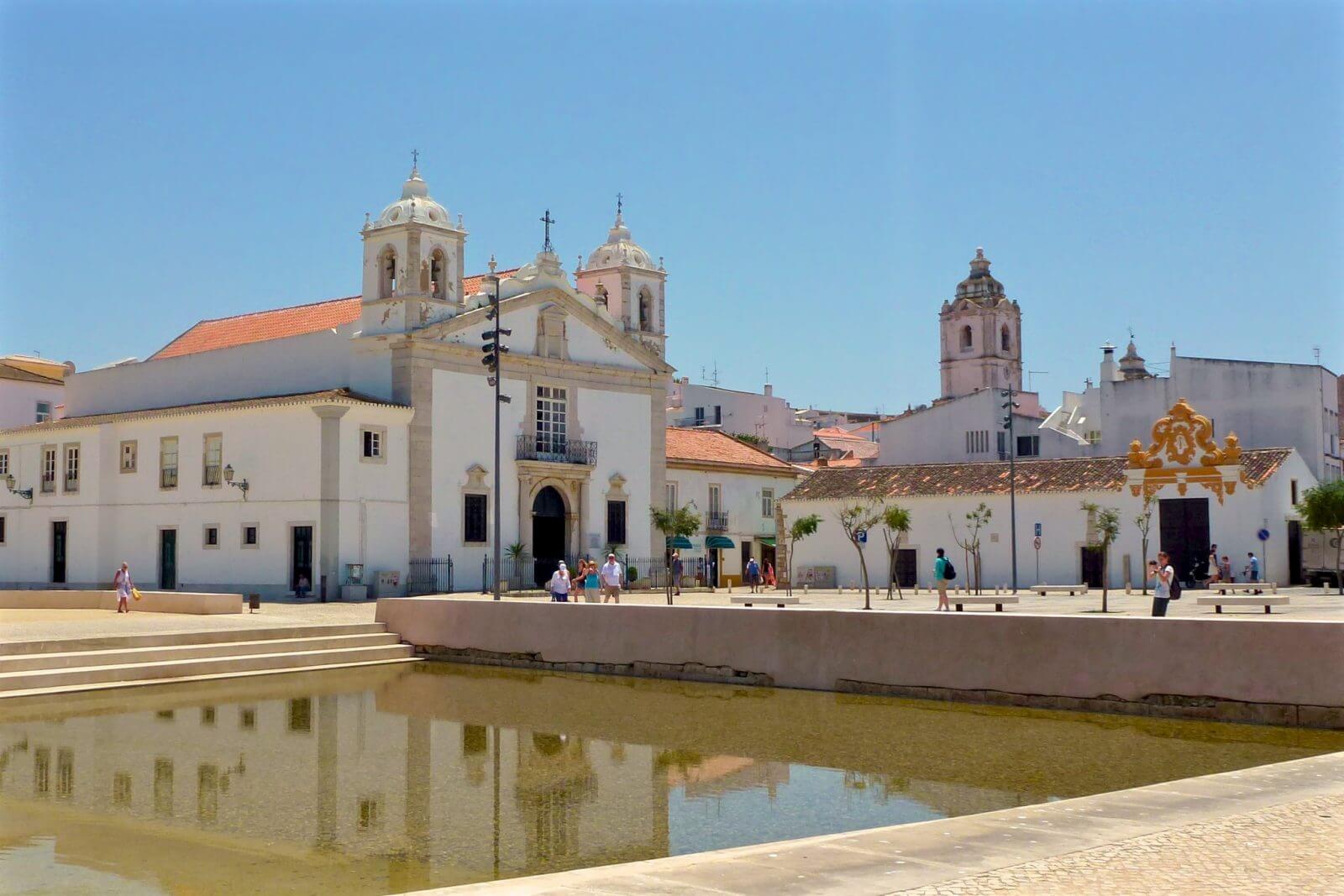
Unfortunately, only one wooden portal remains from the original building, made in the Renaissance style and surrounded by Doric columns, the tops of which are decorated with busts of the Apostles Paul and Peter. On both sides of the church portal, which leads to the square, rises a pair of symmetrical towers with bells.
Inside, the cathedral is small (it has only one nave), but it is quite beautiful. The main chapel deserves special attention – it, like the place for the choir, is located on a certain elevation. To get to the altar with the Crucifixion of Jesus, you need to go through the arch. The walls of the church are decorated with images of the Virgin, dating back to the end of the 17th century. Currently, the Church of Santa Maria belongs to the parish churches of Lagos.
Where to find attractions: Prince Henry Square (Praca Infante Dom Henrique).
Cape Ponta da Piedade-the pearl of Lagos
Ponta da Piedade Lighthouse is a picturesque rock formation located on the outskirts of Lagos. The height of this cape is about 20 m. This is a real paradise – the shores of Ponta da Piedade are dotted with numerous thousand-year-old grottoes, caves and stone arches. Around – a beach with white sand and open spaces of the ocean. It is an ideal destination for diving, fishing, sailing and windsurfing.
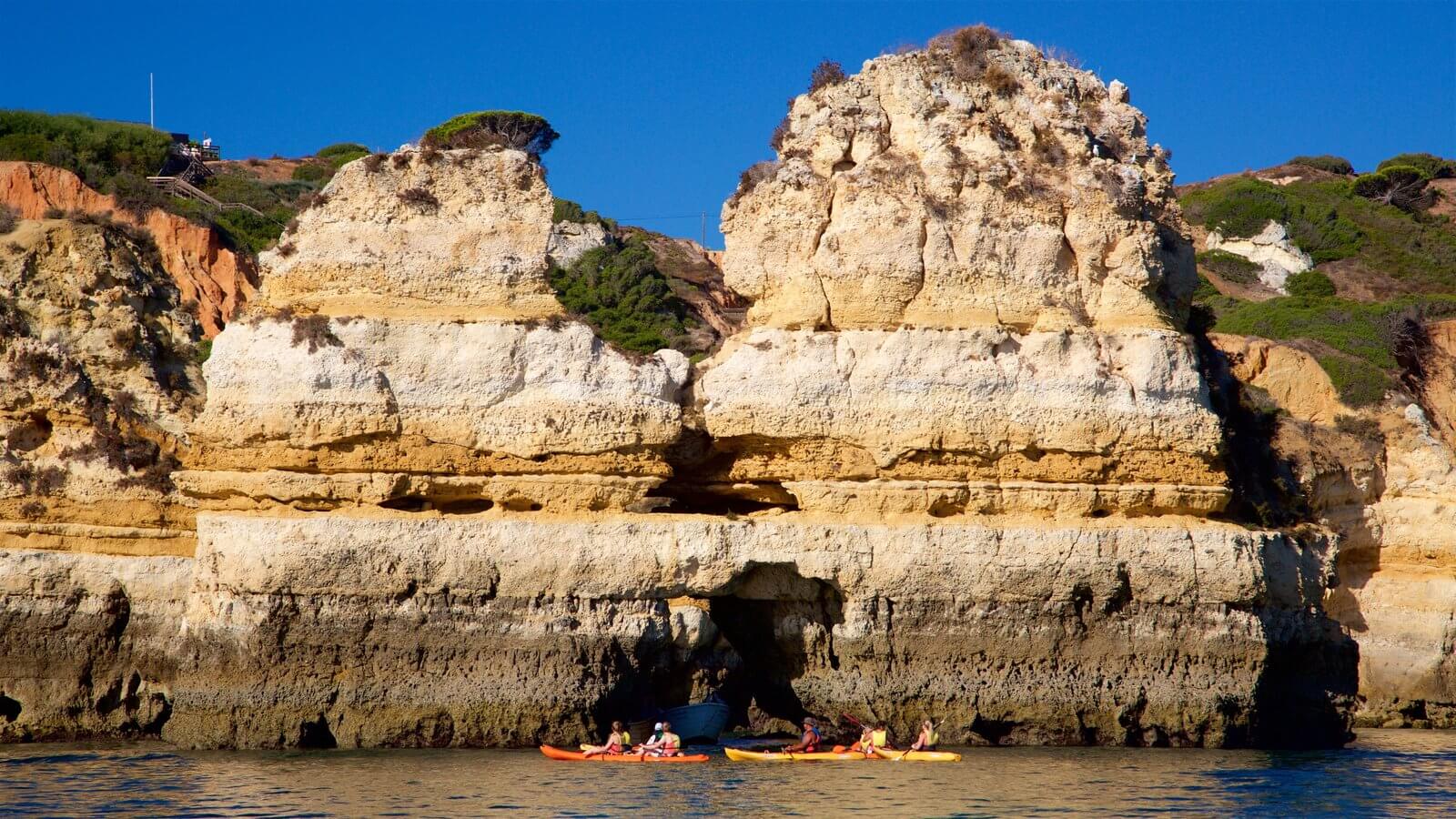
There is a lighthouse and an observation deck among the picturesque rocks and seemingly transparent bay. The lighthouse is also very ancient. Historians claim that he remembers a time when galleys full of slaves were brought to Lagos. From the top of the promontory, an ancient stone staircase leads down to the water, which leads directly to the surf line.
St. Sebastian’s Church – a temple with a thousand-year history
The best sights of Lagos are rounded off by St. Sebastian’s Cathedral, located in the north of the Old Town near the fish market. From the top of the hill, where the church is located, you can enjoy a beautiful panorama of the bay.
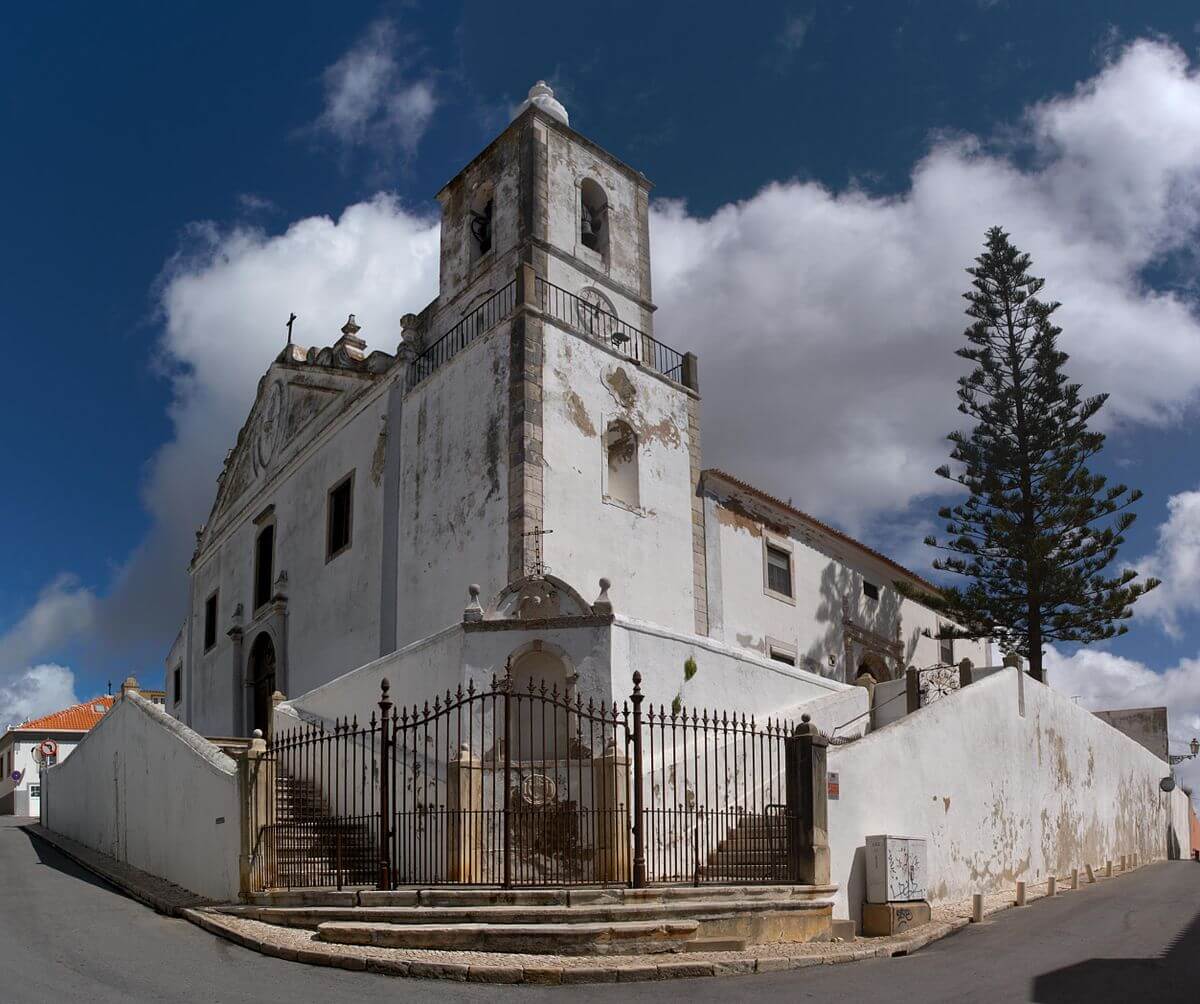
The Church of St. Sebastian is one of the oldest and most beautiful churches in Portugal. Over the long history of its existence, the cathedral, built on the site of a small chapel of the Immaculate Conception of the Blessed Virgin Mary, was destroyed several times. In 1828, during the next restoration, a bell tower was added to it.
Today, the religious landmark consists of three naves separated by tall columns. There is also an altar dating back to the 17th century, which was created by Alvaro Dias himself. The old plan of Lagos is kept in the temple. At the beginning of the 20th century, the Church of St. Sebastiana is listed in the Register of monuments of national importance in Portugal.
For 3 euros, you can visit the small museum attached to the church. The ticket price includes the possibility to climb the bell tower, which offers a view of the city.
Locations: Rua Conselheiro Joaquim Machado Street.
As you can see, the sights of Lagos Portugal are really worth seeing with your own eyes and once again see the unique flavor of this port settlement.

